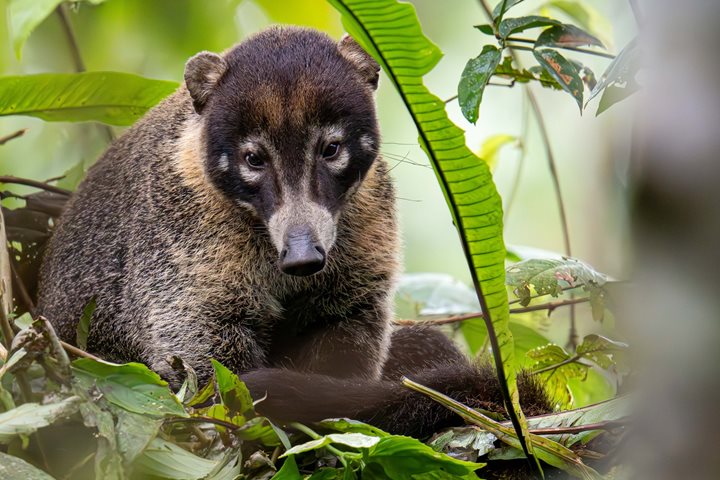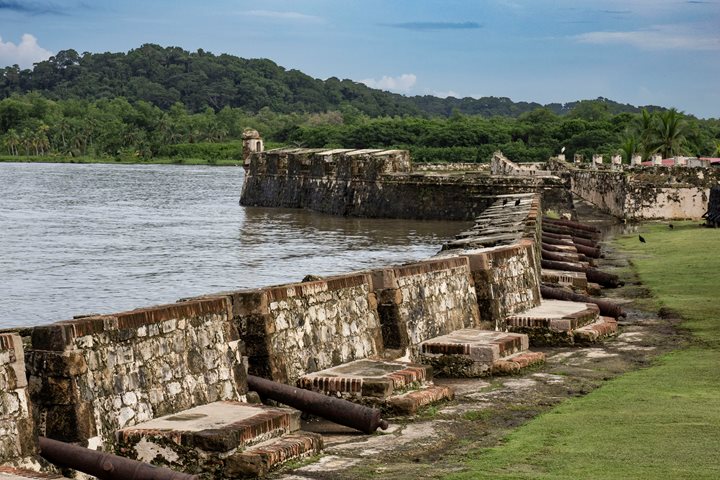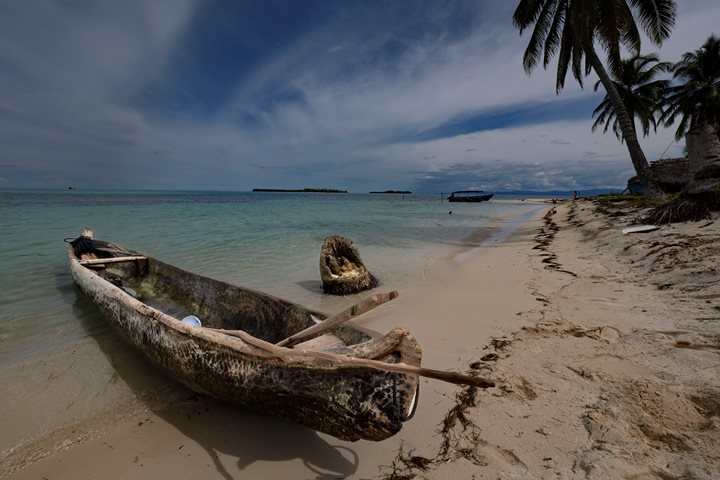After a long day of travel, we awoke to a picture-perfect morning aboard National Geographic Quest. Our wellness instructor treated us to a much needed stretch class to release our travel kinks and prepare us to a full day of activity. Today, we planned to visit the “world’s most densely populated island.”
Our local guides picked us up in wooden boats, and we took off. At just one hectare, Santa Cruz del Islote is an island saturated with color and life. The tight-knit community of 816 residents rely on fishing and tourism for income. There are four markets, one school, and one concrete futbol field on the island. Drinking water is collected from rainwater and brought in from Cartagena by the Colombian Army. Here, water is more valuable than gold.
We returned to the ship for lunch and to reposition to our next stop, Bahia Cispata, Colombia. Once again, we met up with local guides and were led on a magnificent tour through the mangroves. It was impressive how our guides managed to navigate the maze of mangrove channels without getting lost.
This particular area is special as it is also the site of a crocodile conservation program. Since 2000, conservationists have been rearing and releasing young crocodiles back into the wild in an effort to re-establish the population. On this day, we had a unique opportunity to witness the release of two three-year-old crocodiles. Now at 1,600 individuals, the program has been quite a success. As we headed back to the ship in our Zodiacs under the setting sun, we couldn’t help but reflect on the lives of the locals we met. Their deep connection to nature is a reminder of a way of life we would benefit from revisiting.







